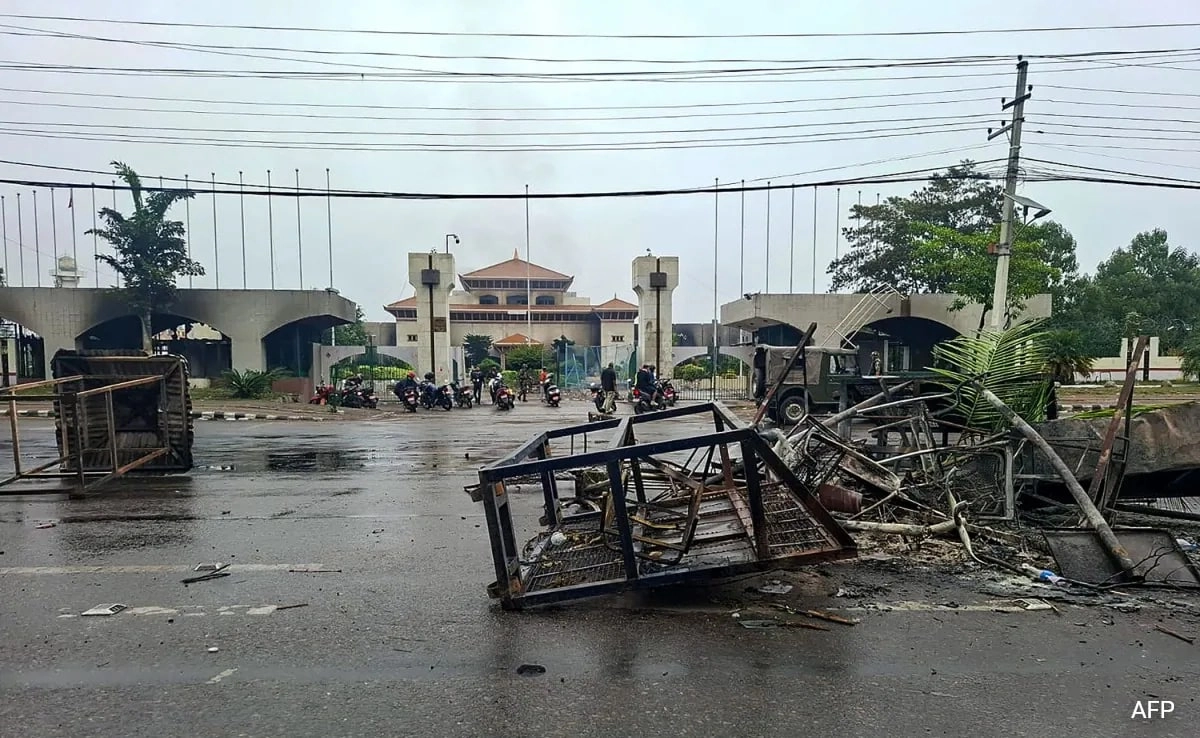In a significant development in Nepal, authorities have imposed a curfew in Kathmandu following a brief two-hour lift, which had allowed residents to step outside. The situation escalated as protests erupted over various socio-political issues, prompting the government to take stringent measures to maintain order. This decision came after a period of unrest, underscoring the rising tensions within the capital. Citizens had initially welcomed the temporary reprieve, seizing the opportunity to voice their concerns and grievances, but the swift re-imposition of the curfew indicates the government’s struggle to balance civil liberties with public safety.
The protests, which have drawn large crowds, reflect widespread dissatisfaction among the populace regarding governance and ongoing economic challenges. Many demonstrators are calling for greater accountability and reform, seeking to address issues such as corruption, unemployment, and inadequate public services. The protests are a manifestation of the frustrations felt by many Nepalis, who are increasingly vocal about their demands for change. However, the government’s decision to implement a curfew highlights the delicate situation, as officials aim to prevent further escalation of the unrest while trying to ensure public safety.
As the protests continue, the international community is closely monitoring the situation, with calls for dialogue and peaceful resolution. Activists and civil society organizations are urging the government to listen to the voices of the people and address their concerns rather than resorting to heavy-handed tactics. The imposition of the curfew has raised questions about the balance between maintaining order and upholding democratic rights, sparking a broader debate about civil liberties in the face of unrest. As events unfold in Kathmandu, the world watches to see how the situation will develop and whether the government will engage with the demonstrators to foster a more inclusive political environment.




